Advice on buying the right hob for your kitchen.
As we all know, buying a new appliance often happens when you least expect it! Wear and tear and breakages are the main reason for having to replace a single kitchen appliance while a kitchen refurbishment or remodelling project often requires multi purchases all at one.
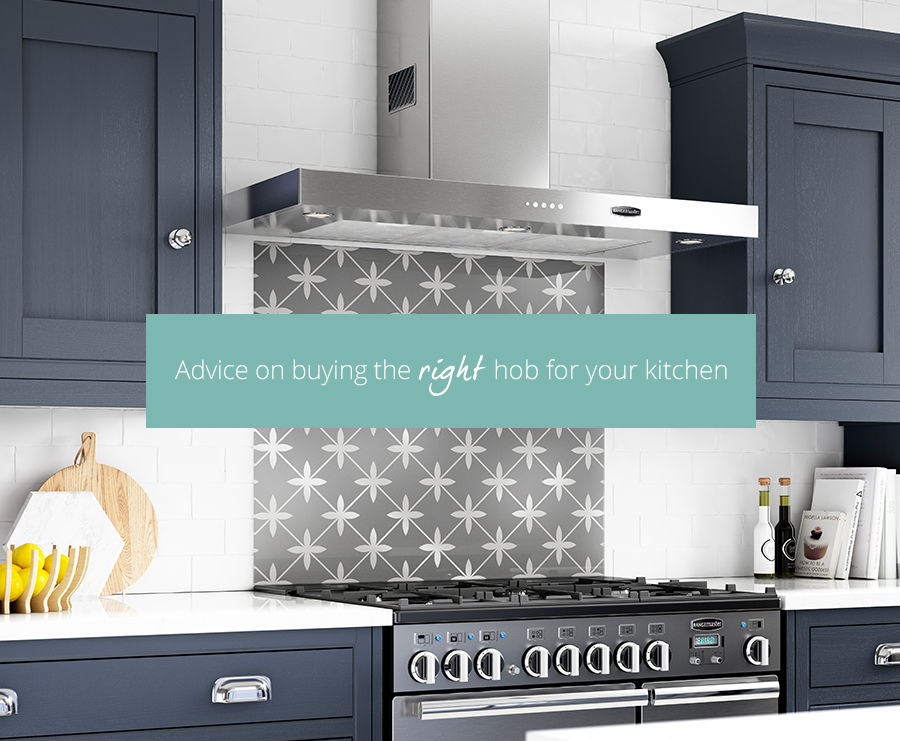
Our ‘Advice on …..’ series provides help when it comes choosing bigger ticket kitchen electricals. It is key to get these purchases right first time as they are expensive to replace. The first blog in this series focussed on fridges and fridge-freezers – this month it is the turn of the kitchen hob.
There are lots of things to consider when buying the best hob for your kitchen –size and configuration, fuel type, integrated with a multi-functional oven or a stand-alone hob?
Hob size:
This mainly depends on the size of your kitchen, the size of your family, and your cooking habits. A standard hob is 600mm wide and usually has a large burner, two medium-sized ones and a small burner. Larger hobs, which generally measure more than 700mm in width, have extra burners. Some electric hobs have a dual element matching the size of the inner or outer ring of the element to the size of your pan, which will save energy.
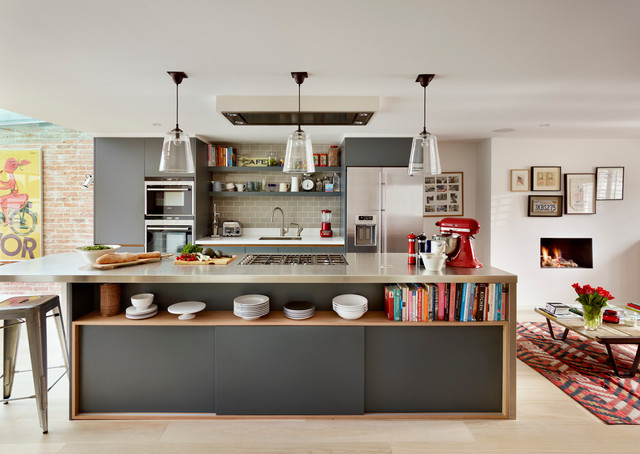
Hob fuel:
Induction hobs are a sleek choice for contemporary kitchens. Easy to clean, look good over time and energy efficient, they heat and cool quickly. They are responsive for cooks but also a safe choice for families with young children. Some hobs have a power boost feature; and zoneless induction hobs will work wherever you place the pan. Specialist iron-based magnetic pans are required to work on an induction hob, so you may need to invest in a new set.
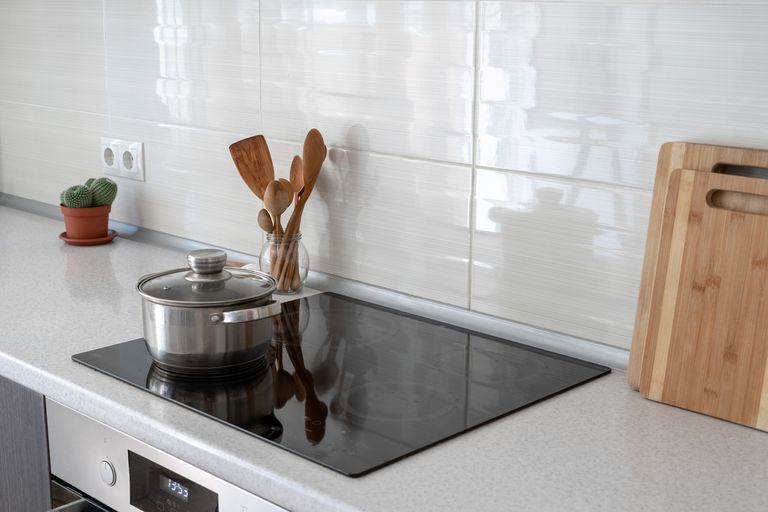
Gas hobs are easy to control and responsive. Some models have mains ignition, other are lit by button ignition. Gas hobs are trickier to clean so make sure they can be easily dismantled or choose a gas on glass hob, where the burners are mounted over ceramic glass, which is slightly easier to clean.
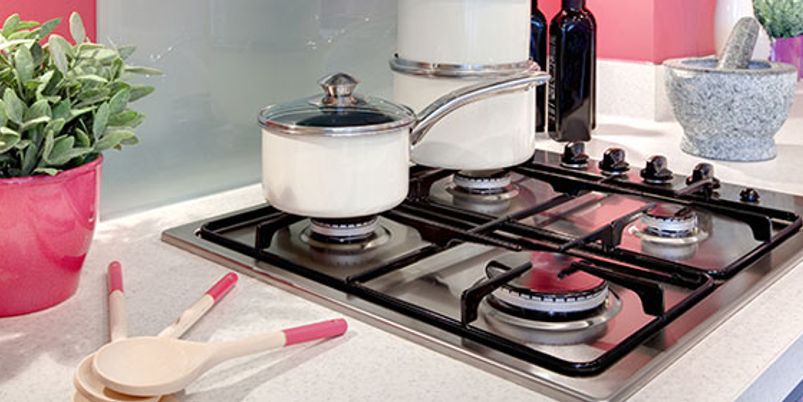
Electric ceramic hobs have heating systems beneath a tough ceramic glass surface. Easy to clean, however, they are not as responsive as a gas or induction hob.
Dual fuel hobs combine two fuel types – either gas and electric or gas and induction this provides greater cooking flexibility, but you may need a wider selection of pans.
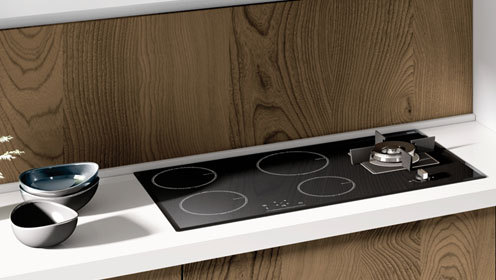
So, what are the key features to consider when buying a kitchen hob:
- Automatic switchout turns off an electric burner zone if the pan is left unattended for an extended time.
- Child-safety controls are beneficial to stop those unwanted fingers fiddling with the controls.
- Electronic boil start/automatic heat reduce where the zones heat at the highest setting, then reduce to simmer.
- Flame failure protection – this is an important safety feature for gas hobs.
- Hot hob light on electric ceramic hob rings to show when they are hot.
- Overspill protection useful as it turns off the burner if a saucepan inadvertently boils over.
And finally, if your hob is placed in front of a wall, and not on an island, don’t forget to install a splashback. Splashbacks are a great way to protect your walls from splashes, stains and steam created when cooking. Available in a variety of materials from stone to laminate, vinyl to tiles, the most hygienic and easiest to clean are those made from glass. Glass splashbacks come in a wide range of colours and patterns adding focus to your kitchen and making a feature of your hob.
8th Feb 2021The Compare Network
Copyright – Insight Retail Group Ltd 2025 All rights reserved